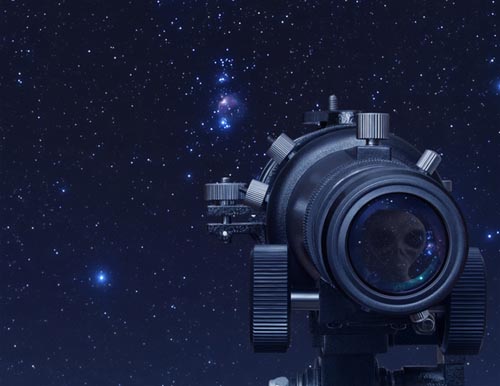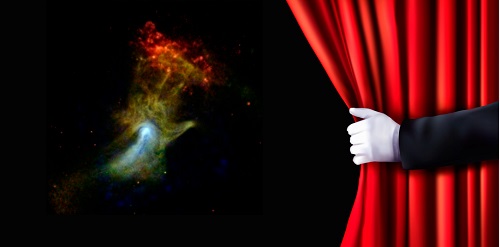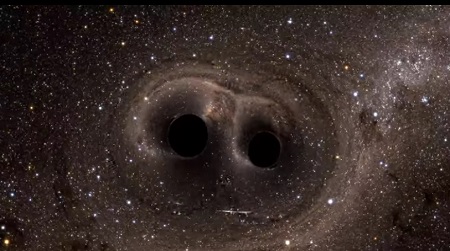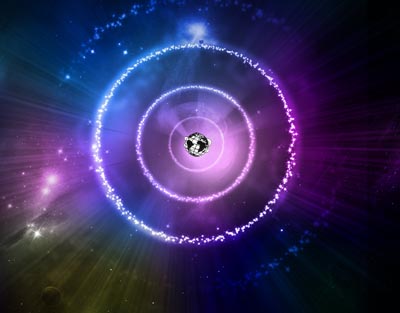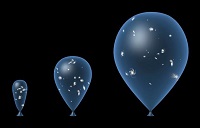This started with a prediction I made back in 2015. But before we get to the fulfillment, let me give you a little context for the prediction.
The Big Bang theory has a number of unsolvable problems. Unsolvable, that is, if you restrict yourselves to the laws of physics. The problems – some of which I’ll review shortly – are so severe they are enough to disprove the theory. But the Big Bang theory is, for all practical purposes, secular religion. It is the origin story for those who refuse to believe the Biblical account. Thus they will not give it up. For any reason. Even if the evidence clearly indicates otherwise.
So what do secular scientists do when the evidence proves the Big Bang to be false? They make up stories. Stories they call science. Never mind they have no evidence for them, can’t test them, and can’t quantify them. Never mind that all they can do is tell us to believe since they cannot prove it scientifically. This, for them is the holy grail of cosmic origin stories, and therefore they’ll not let it go. I mentioned problems with the big bang, so let me give you some examples. Continue Reading


